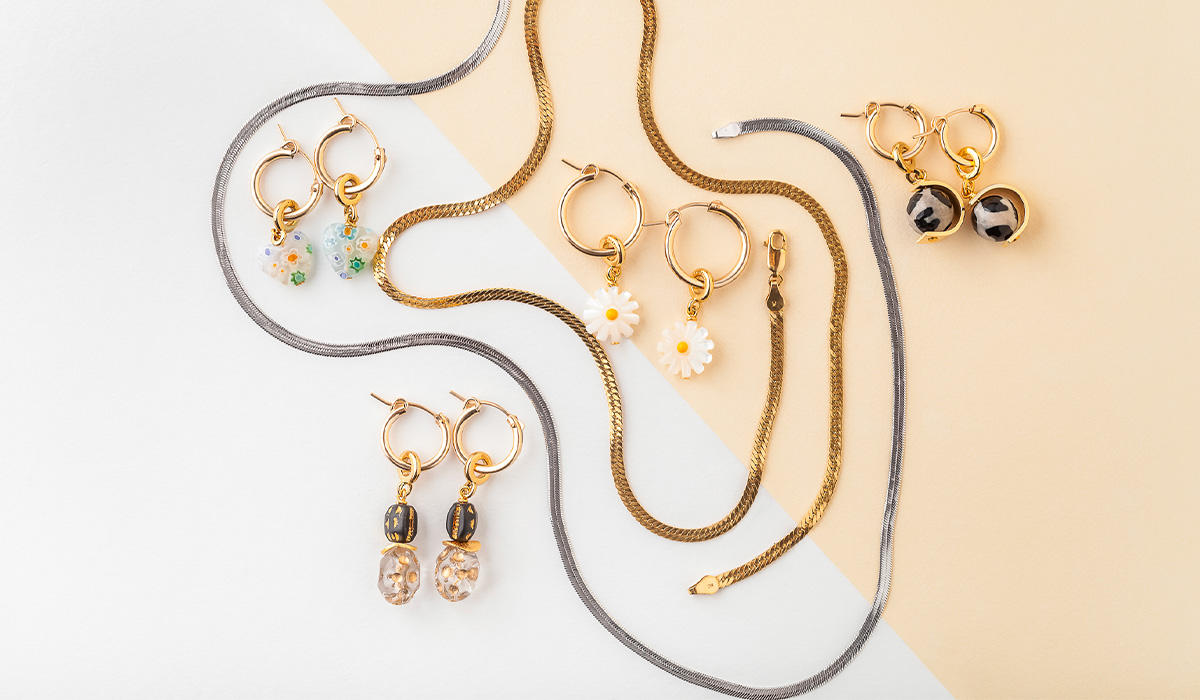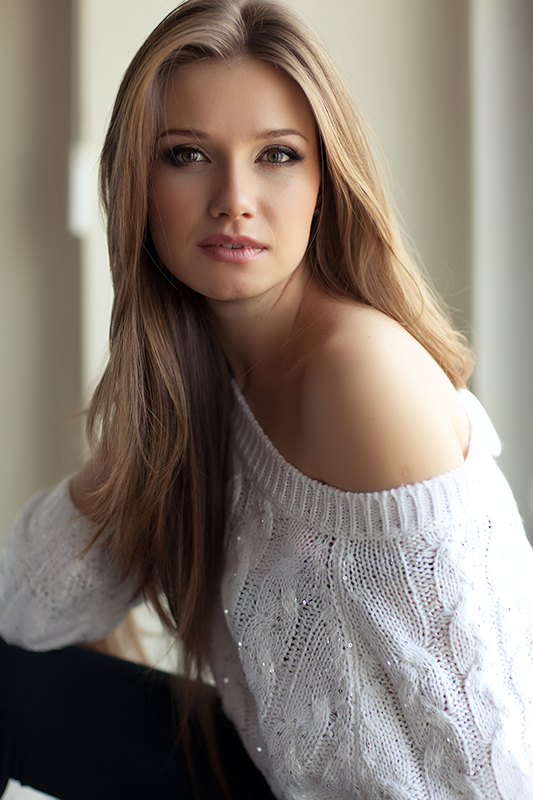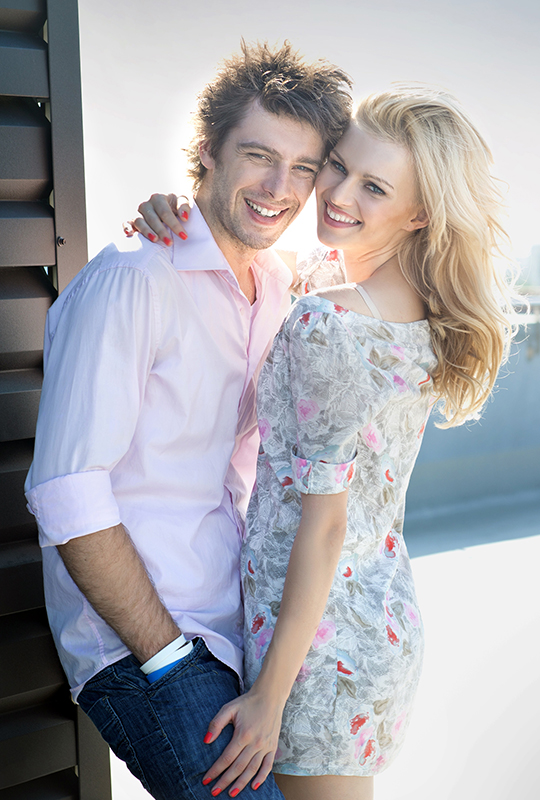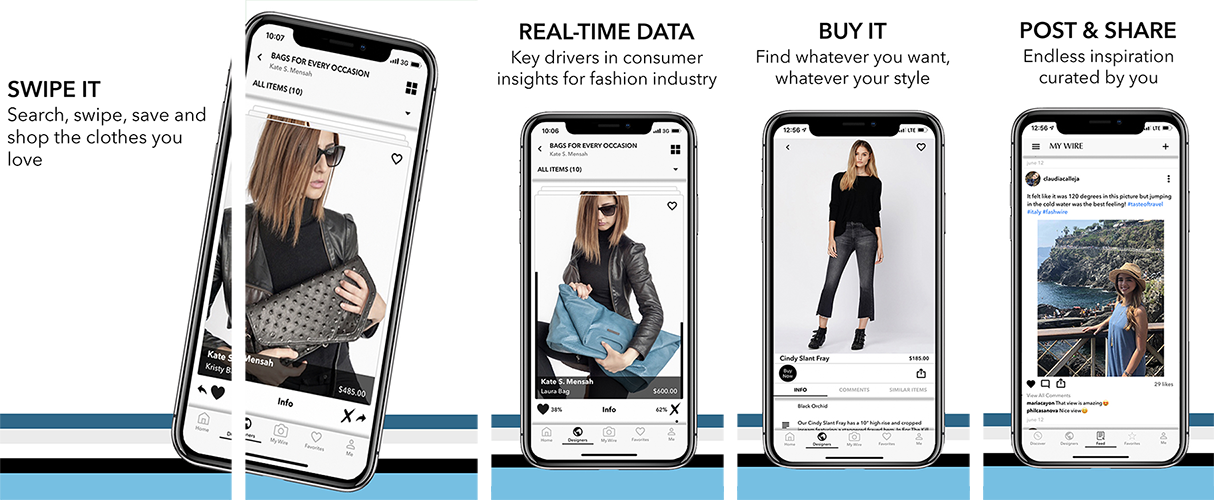
FASHTALKS WITH LE-SEREY
Designer Interview
Jul 12, 2022 01:08 PM
When did you know you wanted to become a designer?
Ha! It has been a long road for me. I remember telling one of my teacher’s my senior year that I wanted to go into fashion. He told me that was a dumb idea and that was basically where that dream died. I continued to design my own pieces, but never marketed myself as a designer or pursued it as a career. While in college, I traveled internationally and was confronted with the abject poverty I had been shielded from all my life. I ended up pursuing International Development, and after university, I moved to India and began working in a rehabilitation center with victims of human trafficking. There, I began teaching the young women basic metal work and beading. It ended up becoming a therapeutic practice for them, as well as a business opportunity and I helped them develop their own jewelry brand to help them earn income. It wasn’t until two years ago that I felt the confidence to finally give myself the designer label and start my own personal brand, Le Serey.
What is your earliest design memory for your brand?
I think the idea for Le Serey came out of my frustration with what was missing from the fashion scene. By 2020, I had been traveling and working internationally for nearly ten years, so much of my life had to fit in suitcases and serve a dual purpose. With my lifestyle, I had to get creative with my fashion choices and make sure they were versatile enough to be worn for multiple occasions, while not taking up much space, but still have that fashion element. There wasn’t a jewelry brand out there that represented the design, versatility, affordability, quality, and ethics that I wanted to see in the industry, so I decided to create it myself. My first samples were created at my kitchen table in Phnom Penh, Cambodia.
“That’s why I created a collection that allows women to have fashionable, designer pieces that are sustainably made, but still affordable and that can be updated from one season to the next.”
Where do you find inspiration?
I love color. Nature is always my number one inspiration in terms of design, and most of my pieces use natural elements. I love choosing unexpected color combinations and shapes that are unique. I love heritage jewelry (i.e.- the pieces in my grandma’s closet), so my millefiori and cloisonné pieces are a modern twist with vintage-inspired elements. I also draw inspiration from my customers. I’m in the early stages of my brand, so I’ve been traveling from market to market to raise brand awareness. Even though the travel can be exhausting, there is nothing like the face-to-face customer experience where you can hear feedback and comments and form a direct connection. I love when my customers message me pictures of how they choose to style their jewelry from day to day or tag me on social. My customers are very creative themselves, so some of my inspiration comes directly from how they style their pieces.
What is your favorite part about designing?
The creative element is always therapeutic. Sitting at my work bench with a good podcast or Spotify playlist and letting my creativity go wild is just so relaxing. I also love filling a need for a customer through design. I’ve had so many customers tell me they’ve never worn jewelry, but they invest in my pieces because now it makes sense for their lifestyle and budget. I love that. Filling a need is my favorite part of designing, and if I can help a customer in that way, then I’m very happy.
How does sustainability play into Le-Serey designs?
Having worked in anti-trafficking before, and then living in a country (Cambodia) with an exploitative garment industry, sustainability is very important to me. However, as a designer, it isn’t lost on me that consumers are looking for the intersection between affordability and sustainability. That’s why I created a collection that allows women to have fashionable, designer pieces that are sustainably made, but still affordable and that can be updated from one season to the next. Nearly all my pieces have a two-for-one element, giving customers longevity and versatility in the pieces they add to their collections.
What was your previous work experience before launching your brand?
My undergrad was in Communications & Journalism, and I have my Master’s in International Development. Before Le Serey, I worked in India in anti-trafficking. There I worked in an aftercare facility that helped trafficking victims process their trauma and receive the care and tools they needed as they moved towards independence and freedom. Later in Cambodia, I worked for an organization that supported families of prisoners and I specifically worked with women in prison. Many of the women in prison had previously worked in the garment industry, but because wages were so low, they had turned to selling drugs or prostitution to make ends meet. Both groups of women I worked with came from different backgrounds, but often the root of their exploitation was not having sustainable, dignified work. The impact that these two groups of women made in my life is why I am adamant about ensuring the sustainability and ethics behind my brand.
What sets your brand apart from the rest?
Other than the interchangeable element, I really think the affordability makes me stand out for comparable designer brands that are also ethical and handmade. The advice I keep getting from *big retailers* and other designers is that I need to raise my prices. But I’m adamant that if my retired teacher mother can’t afford my jewelry, then I’m doing something wrong. It can be difficult to find the balance sometimes, but I want my jewelry to feel elite, but still be accessible and affordable to the everyday woman.
What do you envision for the future of your brand?
At the moment, I am a one woman show. I design and make all pieces in the collection. But my future vision for the brand is to one day be able to employ women or people groups who are considered unemployable or underemployed. My previous work has taught me that no one is truly unemployable, but many people are underemployed. A fair wage job is one of the easiest ways for people to pull themselves out of poverty and create generational change for their families. If I am going to make a difference in this world, I’d like to start with being a good employer and offering dignified, fair employment.
Do you have a favorite piece that you have designed?
I love my reversible mother of pearl pendant necklace and wear it every day. It’s a very simple piece, but it took me six months to get the pendant design just right. The swivel pendant allows you to wear the necklace two ways, so it’s kind of a two for one. One side is genuine mother of pearl, and the other is our Apsara logo, a Southeast Asian symbol which represents strength, independence, and feminine grace. It’s a very classic piece that pairs well with just about everything.
What were some hurdles you had to overcome in your business?
Oh man, so many! Since relocating to the U.S., I am now a stay-at-home mom for the first time, so I often work late nights and in between nap times. Starting my brand during Covid was a major hurdle. It was hard to create brand awareness when everything was shut down. Sourcing was a nightmare, and my sourcing is very niche because of my sustainability requirements, so that mean even fewer options. Also, the price of gold sky-rocketed, so I was having to work extra hard to keep my prices affordable while still considering profit margins and costs to keep the brand afloat. It was a huge learning curve, but I was thankful to start under the worst circumstances because now I feel more prepared if anything unforeseen happens in the future.
“We want our brand to give the women the freedom to create their own pieces that best suit their personal style, as well as the freedom to update those pieces when their style changes.”
What is the one piece of advice you would give to a new designer?
First, it can feel incredibly vulnerable to put your art out in the world with the hope that people will love and appreciate your designs. Do it anyway. Value yourself and your design perspective, the customers will follow. And second, create an atmosphere of community over competition wherever your craft takes you – whether trade shows, vendor markets, or just within your own small business community. Champion other brands and designers. Lift them up, encourage them, and promote them – genuine acts of grace and kindness will always come back to you.
How important is social media to your brand?
The algorithms are currently crazy for businesses, so I haven’t been able to reach new customers as easily as pre-pandemic times, but for existing customers, it’s a really easy way to connect directly. Unlike larger fashion labels, when you message my Instagram or Facebook accounts, you are talking directly to me, the designer and maker. It’s a very different customer experience, because I can help customers with personal consultation and pairing advice that you maybe wouldn’t find anywhere else.
What made you want to design sustainable jewelry?
I think sustainability is just ingrained in me. My background working directly with exploited people makes me even more adamant that the humans involved in the making my products are not being abused in the name of fashion. I come from a humble background, so I’ve always been thrifty and if I’m introducing something to my closet it needs to last a long time and have purpose, not thrown out after a single season. I created my collection in much the same way. All the base pieces in my collection are your simple, classic, everyday pieces that never go out of style. The quality of the pieces means they will be on repeat for a long time (no need to buy new each season). The interchangeable charms give you the extra designer fashion element to not be boring and make you stand out. We do mineral tracing on our 14kt gold fill items, to ensure that we source our gold from conflict-free regions and mines that are free from human trafficking. Our sterling silver collection (coming soon!) is made from 100% recycled sterling silver to reduce the unnecessary mining of precious minerals from the Earth.
What brand values are the most important for Le-Serey?
Freedom and independence are important values, which are inherent throughout our branding. “Serey” in Khmer means “free”, as in a person who is free, independent and living on their own terms. We want our brand to give the women the freedom to create their own pieces that best suit their personal style, as well as the freedom to update those pieces when their style changes. We do mineral tracing on our gold to ensure that those who are directly involved in the making of your pieces are not being exploited and have the means to live free and independently as well. Our logo is a modification of the Apsara dancer – the SE Asian version of a ballerina, which represents strength, independence, and feminine grace. Many of the women in the Le Serey community are the perfect embodiment of these values already, and we are grateful to be a small part of their journey.
What is the most important thing you would like your brand to be recognized for?
I want to be recognized for adding value to this world. Not just value to my customer’s closets, but true value in that the brand itself can have a positive impact on the planet, in the lives of (future) employees and their families, as well as the tiny community we are based in.
How would you define fashion?
The best fashion is curated, not created. Being able to recognize quality, craftsmanship, and design (whether it’s from a world-renowned designer or the thrift store) and then style it in a way that is completely your own – that’s fashion.




